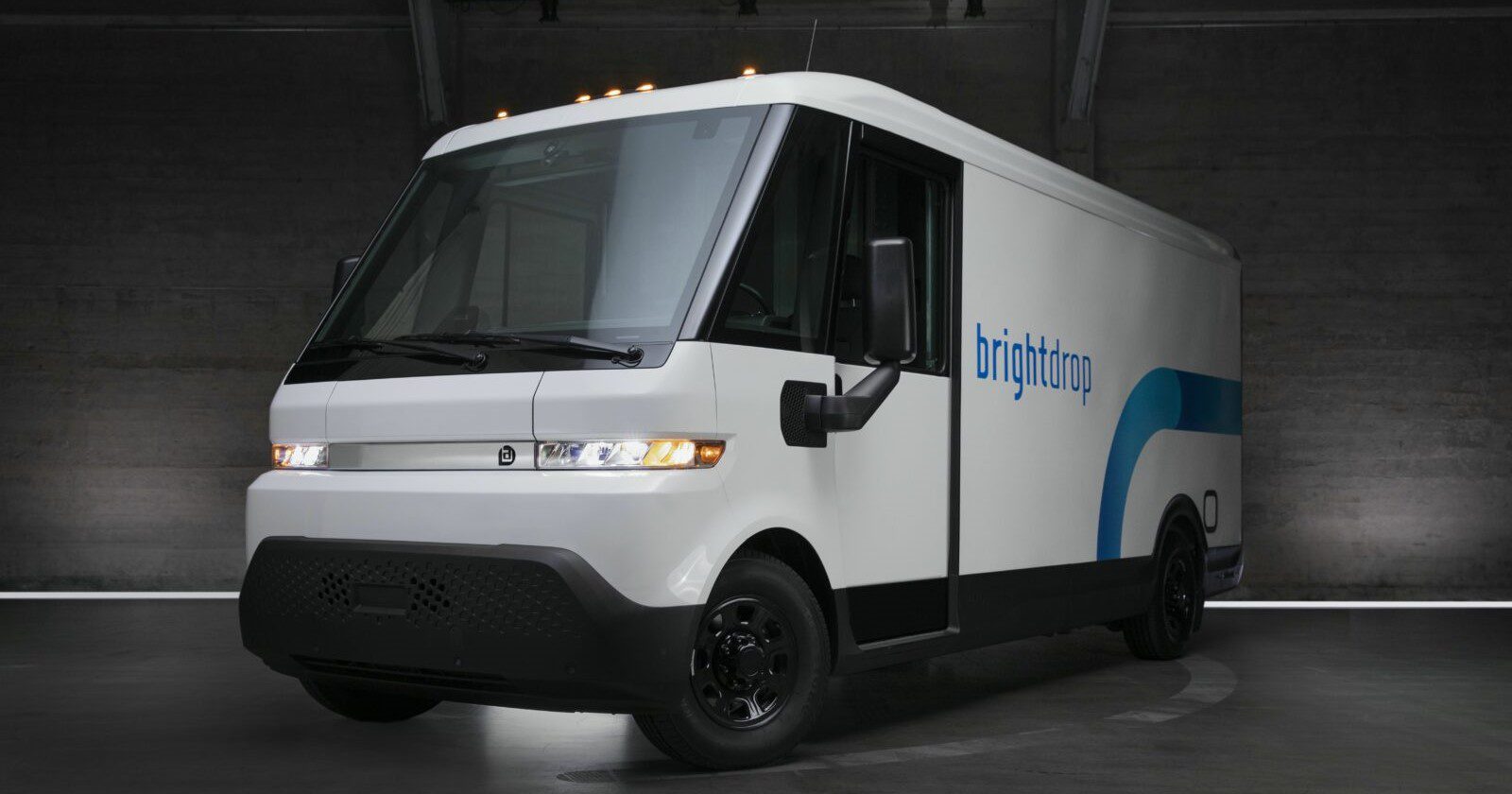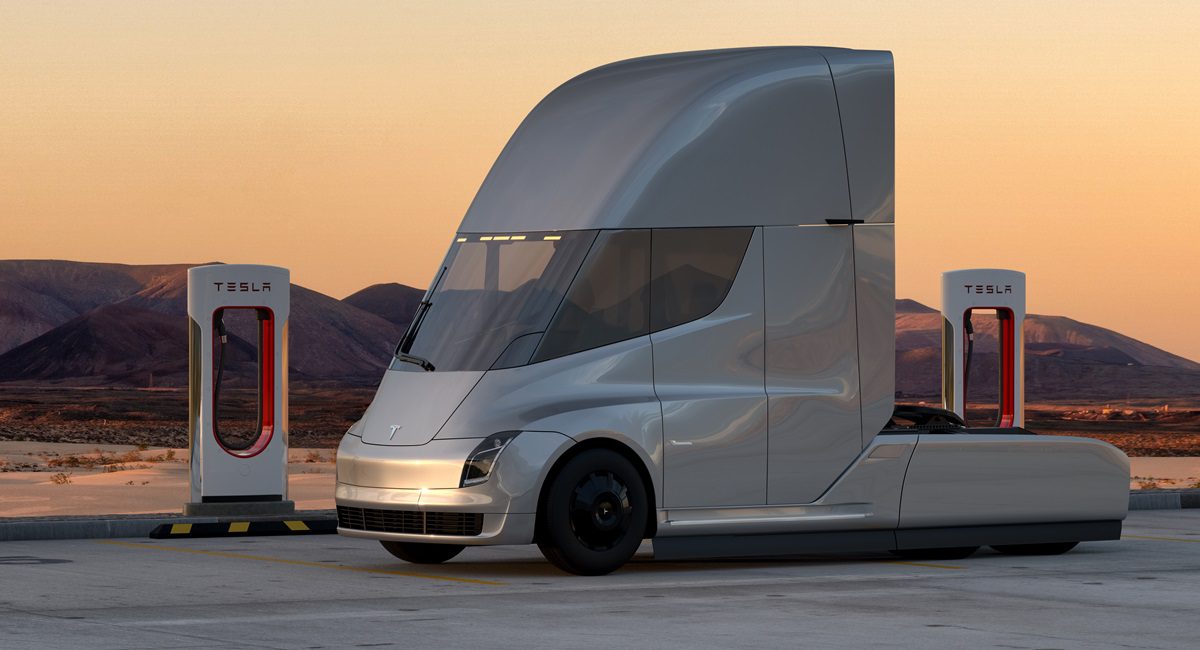Electric commercial vehicles (ECVs) are driving the transportation industry towards Net Zero. Sales of electric light commercial vehicles (eLCVs) and electric heavy-goods vehicles (eHGVs) surged by over 50% last year, reflecting fleet operators’ growing acceptance of electric technology.
This shift is driven by the need to cut costs, enhance sustainability, and comply with government regulations to reduce emissions. The UK has set a target for all new commercial vehicles to be zero-emission by 2035, while California’s Advanced Clean Trucks (ACT) regulation mandates that 100% of new medium- and heavy-duty trucks sold in the state must be zero-emission by the same year. These initiatives are prompting logistics companies to rethink their fleet strategies to align with these emerging standards.
Electric vehicles are here and they’re in it for the long haul
The evolution of electric vehicles (EVs) for commercial use has witnessed remarkable advancements, especially in battery technology. These innovations have led to longer ranges and faster recharge times, making electric light commercial vehicles (eLCVs) and electric heavy goods vehicles (eHGVs) increasingly viable options for fleet operators.
Addressing scepticism of electric commercial vehicles
While many truck drivers have a fondness for the rumble and roar of traditional diesel engines, the transition to quieter, electric battery-powered trucks is creating new opportunities for logistics companies. These vehicles allow for greater flexibility, enabling deliveries during off-peak hours without disrupting residential areas.
Logistics giants like Amazon, DHL, UPS, and FedEx are leading the charge by transitioning their fleets to include a mix of electric vans and trucks, showcasing the practicality and effectiveness of this shift.
To further support this transition, governments across Europe and the USA are offering financial incentives for businesses that embrace electric vehicles. As a result, adopting electric fleets is not only becoming more feasible but also increasingly economically attractive.
Choosing the right electric vehicle for your fleet
Today, a diverse range of eLCVs and eHGVs are available, catering to various operational needs. Selecting the right vehicle largely depends on a company’s specific requirements that can include:
- Range: How far does your fleet need to travel?
- Cargo capacity: What volume of goods will you be transporting?
- Battery size: What charging options and times are feasible?
Market leaders in electric commercial vehicles
Here are some of the standout light commercial vehicles and trucks making waves in the market, alongside their impressive statistics:
Top 5 Electric Light Commercial Vehicles (eLCVs)

| Vehicle | Range | Cargo Capacity | Charging Time (Battery Size) |
| BrightDrop Zevo 600 Electric Van (US) | 272 miles (438 km) | 2,200 lbs (1,000 kg) | 1 hour (80% charge, 80 kWh) |
| Fiat E-Ducato Electric Van | 223 miles (360 km) | 3,500 lbs (1,500 kg) | 1 hour (80% charge, 79 kWh) |
| Ford E-Transit Electric Van | 217 miles (350 km) | 3,800 lbs (1,724 kg) | 34 minutes (80% charge, 67 kWh) |
| Arrival H3L3 Electric Van (US) | 180 miles (290 km) | 3,300 lbs (1,500 kg) | 1 hour (80% charge, 75 kWh) |
| Iveco Daily Electric Van | 124 miles (200 km) | 3,000 lbs (1,500 kg) | 1.5 hours (80% charge, 37 kWh) |
Top 5 Electric Heavy Goods Vehicles (eHGVs)

| Vehicle | Range | Cargo Capacity | Charging Time (Battery Size) |
| Tesla Semi | 300 miles (482 km) or 500 miles (805 km) | 80,000 lbs (36,287 kg) | 30 minutes (to 80% for 300 miles, 800 kWh) |
| Nikola Tre BEV | 348 miles (560 km) | 82,000 lbs (37,194 kg) | 1.5 hours (80% charge, 800 kWh) |
| Freightliner eCascadia (US) | 230 miles (370 km) | 80,000 lbs (36,287 kg) | 90 minutes (to 80%, 500 kWh) |
| Volvo Electric Trucks | 186 miles (300 km) | 66,000 lbs (29,937 kg) | 2 hours (80% charge, 540 kWh) |
| Mercedes-Benz eActros | 248 miles (400 km) | 56,000 lbs (25,401 kg) | 1.5 hours (80% charge, 420 kWh) |
Investment in fast charging stations
The expansion of charging infrastructure is a crucial factor facilitating the transition to eCV’s. Investments in fast-charging stations are being made in cities and logistics hubs, enabling electric trucks and vans to recharge efficiently during off-peak hours.
Ultra-fast charging solutions can provide up to 350 kW of power, allowing certain eHGVs to charge their batteries to 80% in as little as 30 minutes – just enough time to grab a coffee and a bite to eat before getting back on the road. This minimizes downtime, ensuring that fleet operators can keep their delivery schedules on track without major disruptions.
The role of telematics in the EV transition
Telematics plays a crucial role in the electrification of fleets by providing real-time insights into vehicle performance, driver behaviour, and route efficiency. These systems help fleet managers to decide which trips are best suited for EVs, monitor energy consumption, and train drivers to maximize the range of electric vehicles through more efficient driving practices. And they track vehicle health to schedule predictive maintenance, minimising downtime.
The most significant benefit, however, is telematics’ ability to monitor overall fuel efficiency and usage. This data helps identify which vehicles should be replaced with EVs, and telematics can even suggest specific models that match the vehicle’s workload. This enables fleet managers to phase in EVs in a cost-effective manner, improving sustainability within their fleet operations while maximizing their ROI.
According to the Global EV Outlook, businesses using telematics and EV technology have reported up to a 40% reduction in emissions, aiding their compliance with government regulations and enhancing their green credentials.
The future is electric: embrace the change
The potential of electric trucks and vans extends far beyond cost savings – they are crucial to building quieter, cleaner, and more efficient urban environments. As the industry evolves, these vehicles will play a pivotal role in helping to achieve the 2050 Net Zero targets.
At CameraMatics, we recognize that transitioning to an electric fleet can seem complex, but it doesn’t have to be. As a global partner and reseller of Geotab – the world’s leading vehicle telematics provider – we offer advanced telematics and fleet management solutions designed to facilitate a smooth EV transition. By leveraging real-time data, we help you make informed decisions about electrifying your fleet like:
- Identifying which vehicles should transition to electric based on actual performance data
- Determining the right size and type of EVs to purchase, ensuring operational efficiency
- Optimising charging schedules based on fleet usage and driver behaviour to maximize vehicle uptime and energy efficiency
This data-driven approach empowers you to make strategic, cost-effective decisions that position your business for long-term success.
Is your fleet ready for the switch to electric vans and trucks?
With CameraMatics and Geotab, your transition to electric vehicles is supported by data-driven telematics solutions. Our integrated approach helps reduce fuel costs, increase operational efficiency, and meet sustainability goals, streamlining your fleet’s electrification process. Together, we provide the only comprehensive fleet management solution you’ll ever need. Get started today!









